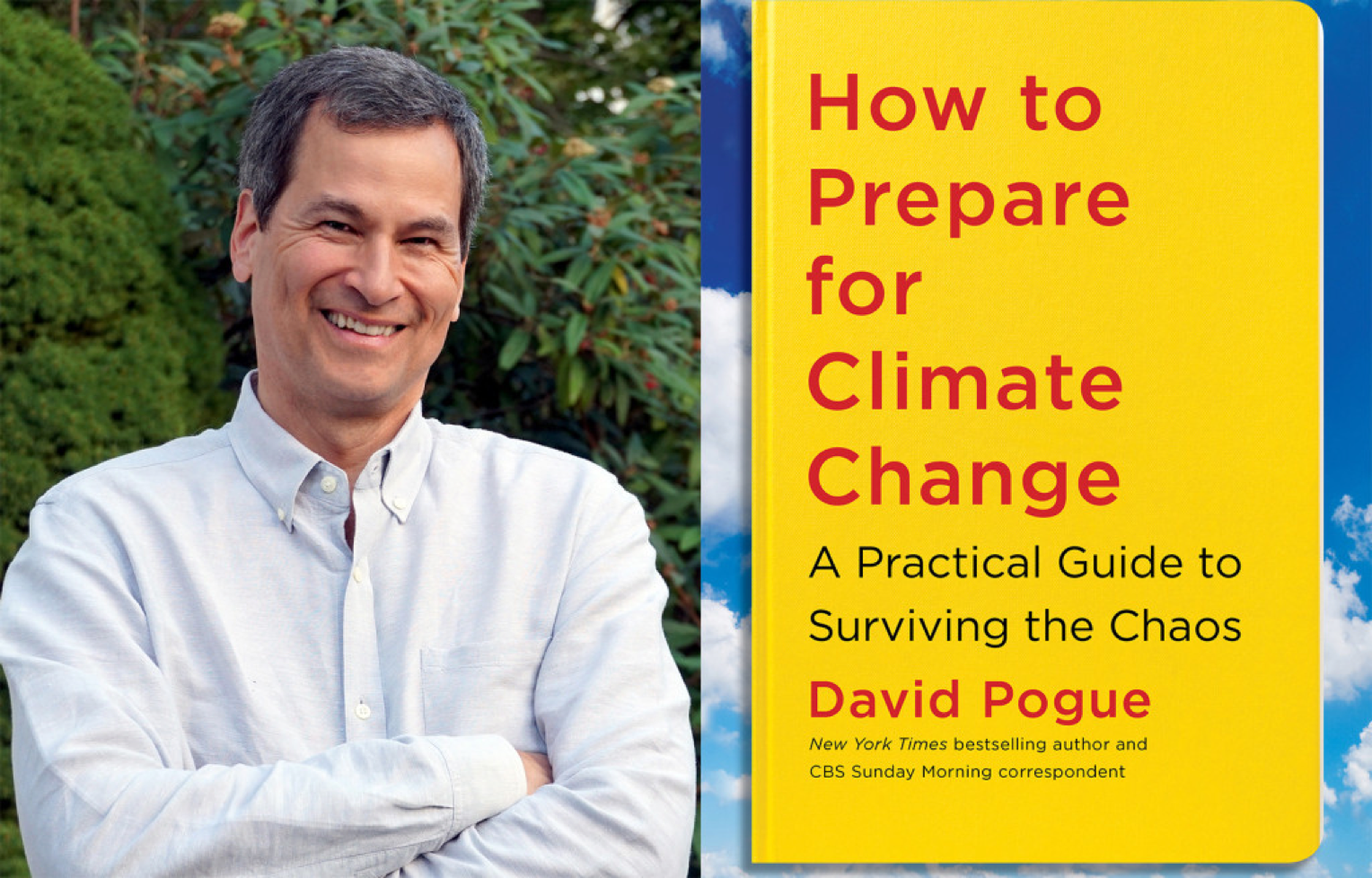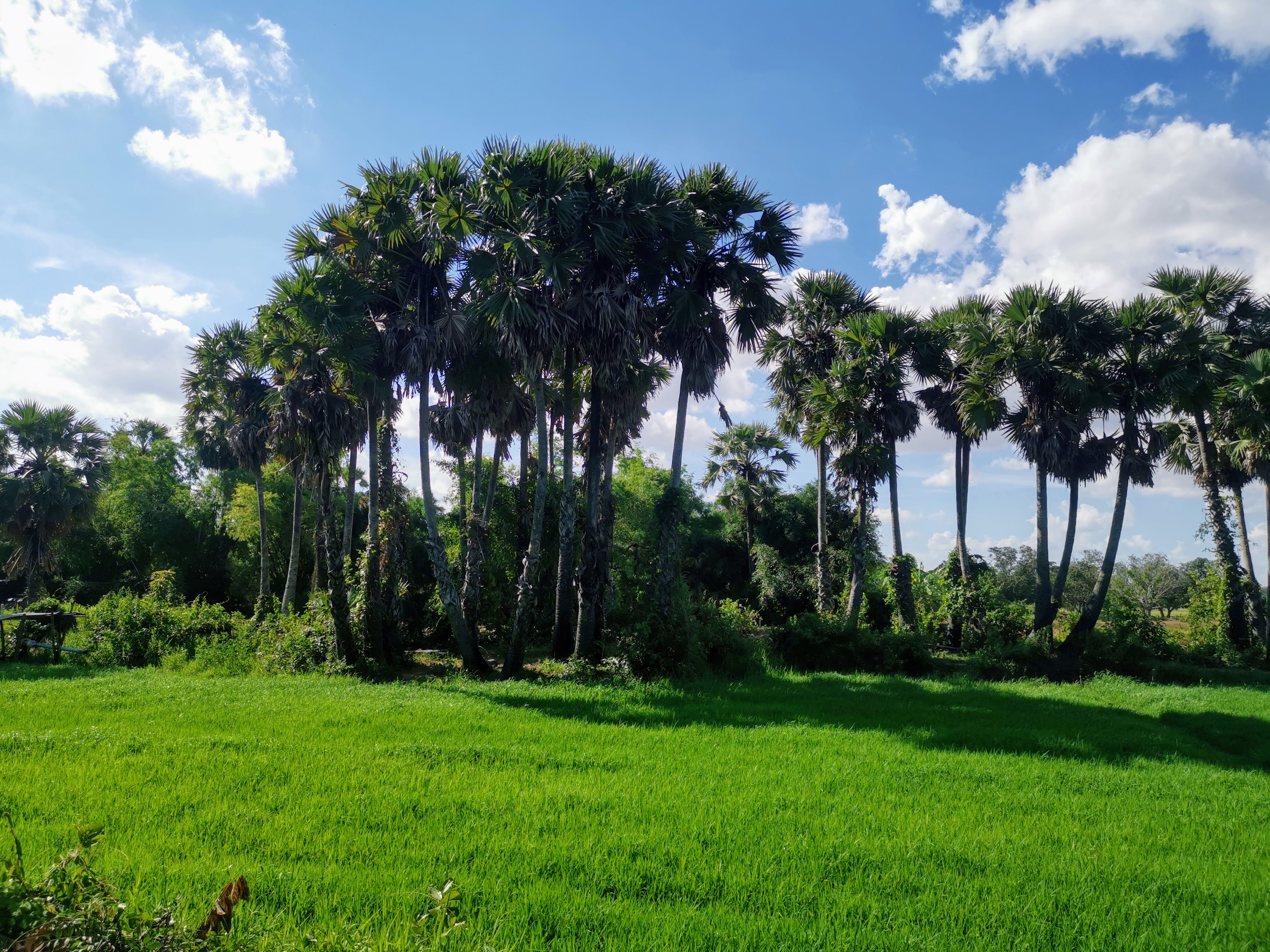In 2007, a New York Times story about climate change featured an interview with John Holdren, Barack Obama’s senior science adviser. What he said has become famous in climate circles: “We basically have three choices: mitigation, adaptation, and suffering. We’re going to do some of each. The question is what the mix is going to be.”
Mitigation means trying to stop climate change. You know: Phase out fossil fuels. Fly less. Eat less beef. By now, we’ve heard this kind of advice thousands of times.
To be sure, it’s absolutely correct. We’re now getting hit by four times as many weather disasters each year as we did in the ’80s, and 2020 brought us the most hurricanes, the biggest wildfires, and the highest temperature ever measured. We should all be mitigating climate change as though our lives depend on it—and our descendants’.
What we don’t hear often, though, is how slowly Nature will respond to our efforts. President Biden has committed to taking aggressive action in the fight against climate change in his first 100 days, with the ultimate goal of putting the country on the path to achieving “economy-wide net-zero emissions no later than 2050.” It’s an ambitious and worthwhile plan to be sure, but it will take time to see the results. Even if we stopped burning fossil fuels tomorrow, the land ice would not suddenly stop melting, the seas would not immediately stop rising, and weather systems would not promptly stop going crazy.
That’s because 93% of our planet’s new, improved heat has gone into the oceans, which take many decades to heat up or cool down. The planet’s climate will take at least a lifetime to reset.




